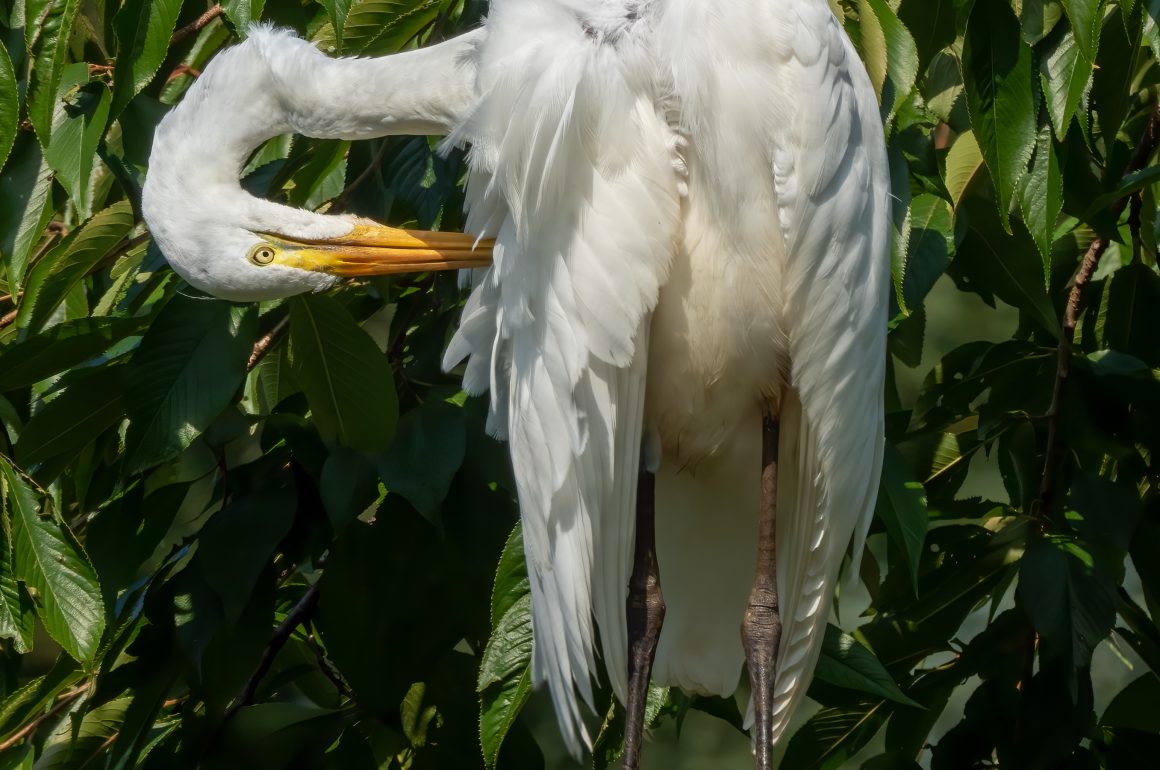
In the course of normal activities, birds’ feathers become dirty, wet, matted, and infested with parasites. Feathers are vital for flights and to protect the birds’ bodies from the elements. This means they must preen regularly and thoroughly.
A bird will grasp an individual feather at its base and work along the feather. The bird will use this process to reattach separated feather barbs and to clean off dirt. The bird may get oil from its preen gland at the base of its tail and spread that over its feathers. While preening, a bird may uncover a parasite hiding among its feathers. It will remove the parasite and eat it. A bird will try to attend to all its feather maintenance at one preening session.
Birds will bathe in water as a prelude to preening. Also, they will take dust baths. A bird will fluff up and then toss dirt on itself. The dirt soothes their skin, like powder does for us, and causes parasites to move out of their feathers. Then, the parasites can be removed.
Birds will sun themselves, which heats up their bodies. It gets too hot for parasites and feather mites, which move to the end of feathers, where they are easily removed.
All these maintenance methods ensure that feathers stay strong and keep birds healthy.
Note: Picture of Great Egret preening at top of article by Rhododendrites/100 NYC Birds, posted to Wikipedia Commons, an online source of copyright-free photos.


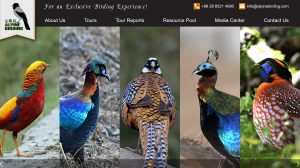

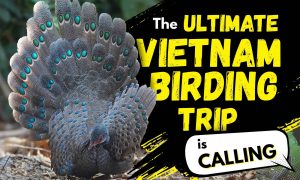





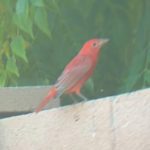
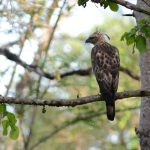
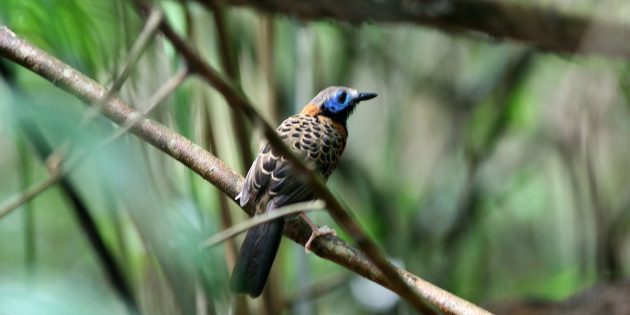
Leave a Comment